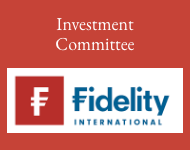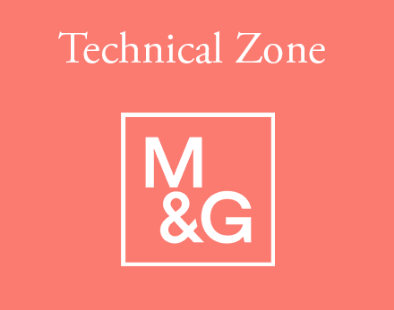Lindsay James, investment strategist at Quilter Investors, analyses the impact of tariffs implemented, and subsequently postponed, by Donald Trump.

In announcing imminent tariffs on Mexico and Canada at a breadth far exceeding the bounds of both investor expectations and modern economic history before later suspending them for 30 days, Donald Trump has revealed his willingness to use tariffs as a high stakes threat in order to achieve the political wins he desires. With Mexico agreeing to strengthen their border, in a similar deal to the one made by Sheinbaum’s predecessor, struck in 2019 with Trump 1.0 that similarly succeeded in nullifying the threat of tariffs, it is a repeat of the same performance. In Canada, the charade was even more pointless; a fentanyl ‘czar’ announced as a token appointment in a country responsible for less than 1% of the fentanyl powder flowing into the US, giving Trump a political win at little cost to Canada.
However, tariffs have come into effect in China, a country responsible for 13.5% of US imports, whilst Donald Trump also announced he is looking to close the tax loophole that sees companies like Shein and Temu, which largely manufacture in China, avoid import duties, in a move likely to be followed elsewhere. In turn China has responded with an anti-trust probe into Google and additional tariffs ranging from 10 to 15 percent on US energy and specific car and equipment imports, which at least at this stage seem unlikely to cause significant economic damage to either party. In China, the negative impact on exports is expected to be offset by higher levels of government stimulus although escalatory effects could yet prove more damaging.
Attention is soon likely to turn to the EU, a group that Donald Trump claims treats the US “very badly”. As well as being upset that EU countries still spend far less than the US on defence, at 1.9% of GDP in 2024 vs around 3.4% in the US, at a time when it is the EU rather than the US that is being threatened, spending on energy is also likely to be a sore subject. In 2024 Europe has sought to evade sanctioned Russian gas by instead importing its unsanctioned LNG at the expense of US volumes. In 2024 US LNG imports to Europe fell 15% year on year whilst Russian imports rose 11%. This funded the Russian war machine to the tune of 7.3bn euros, whilst the EU simultaneously relied on the US to supply ammunition that is in desperately short supply, following years of underfunding of its defence capability and capacity.
With Germany two years into a mild recession, parties such as the AfD, which are openly calling for Nordstream to be restored, are now second place in the polls with around 25% of the vote, closing the gap with the CDU to just two points in recent polls. With the global LNG market expected to move into surplus in 2025, as the dominant supplier, the US will be keen to ensure Russia does not strengthen its foothold into European markets, particularly given the winds of political change that are now being felt across the continent. Christine Lagarde, as Head of the ECB, has already urged leaders to buy more US LNG and weaponry in order to avoid tariffs. The alternative is likely to be a further hit on the already weak European automotive sector, with over a fifth of EU car exports going to the US. With this sector representing approximately 7% of GDP and a similar proportion of the workforce, EU leaders would be well advised to listen.
However, whilst there may be a negotiated outcome in many of the floated tariff situations, Donald Trump is likely to see this threat as the gift that keeps on giving. Companies are likely to respond by de-risking their supply chain as far as they can. Many companies have already shifted manufacture from China to Mexico, only to face continued tariff threats. Companies are likely to shift more and more production to the US, not only to benefit from the promise of lower taxes and the avoidance of tariffs, but also to avoid a pattern of regulation and taxation that is rising across Europe. Decisions on business expansion elsewhere are likely to slow until the lie of the land becomes clearer. Donald Trump will recognise that uncertainty is likely to favour the US at the expense of its competitors; foreign production becomes more uncertain and barriers to trade potentially more difficult to navigate, offering the US an advantage from merely the ongoing threat of tariffs.
From an investment perspective, this continues to favour US equities at the expense of those regions holding the weakest negotiating positions. Whilst China has arguably been preparing for this for some years through diversifying its export markets and sources of energy imports, Europe faces its much-anticipated rude awakening with limited leverage, whilst Japan is also likely to be in Donald Trump’s sights. Whilst the UK seems less likely to be specifically targeted, as a trading nation with cross-border supply chains, we are unlikely to be entirely unscathed. However, with the US now accounting for around 70% of the MSCI World index, and the US generally expected to benefit from winning a larger share of global production, global equity investors are generally beneficiaries of this high-stakes US economic offensive.
Main image: dyana-wing-so-g4mUJ0pZODg-unsplas
































